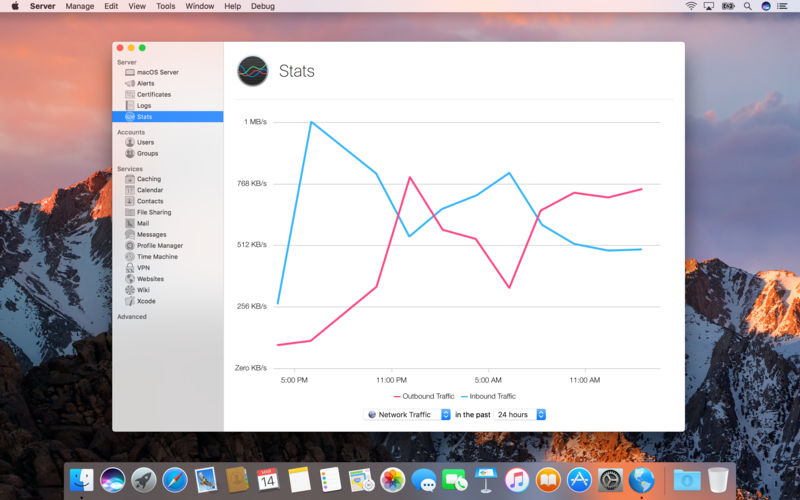

Apparently Time Machine on macOS Big Sur will support APFS.
Macos server 2020 mac os x#
Time Machine, a key feature of macOS since Mac OS X 10.5 Leopard, does not support APFS. When I received my new SSD that was destined to be the Time Machine volume, naturally I plugged it in and formatted it as APFS. Anytime you format a new storage device, it defaults to APFS. APFS was neater and did even more things.įrom then on, all new Macs shipped with macOS High Sierra and above were formatted as APFS. Apple introduced APFS as the default file system with macOS High Sierra in 2013, along with the adjacent iOS releases. Just know this:įor about fifteen years, HFS+, labeled “Mac OS X Extended (Journaled)”, was the default file system on Macs since MacOS 8.1. It’s entirely irrelevant to this discussion and quite honestly is way beyond my understanding. I’m not going to break down all the differences between HFS+ and APFS. If you want to jump right to the solution and skip my rambling and public troubleshooting, just go to the bottom. So now all I had to do was purchase a large solid state drive, plug it into the family Mac mini, and BOOM! Time Machine lives again on the network. That feature relocated into the File Sharing pane of System Preferences, allowing anyone to setup their own Time Machine destination. Previously that feature had been reserved for the now-defunct macOS Server suite. And if you’re having general internet connectivity problems, you may want to try troubleshooting steps to resolve Wi-Fi connectivity issues on your Mac as well.Since macOS High Sierra, all Macs are capable of sharing any storage volume - internal or external - as a Time Machine backup disk over the local network. We hope you were able to correct whatever network issues you were experiencing, or you’re able to access all the websites again after flushing the DNS cache on your Mac. The procedure is similar and involves the Terminal, except for the fact that you’d be typing in a slightly different command.

Macos server 2020 how to#
If your Mac is running an older version of macOS, you might want to learn how to reset DNS cache in macOS High Sierra, or flushing the DNS cache in macOS Sierra and so on. This is why most people recommend rebooting the router as a troubleshooting step, as it flushes the DNS cache as well. Similarly, your Wi-Fi router has a DNS cache as well. It’s good to clear DNS cache every now and then, as occasionally, they could get corrupted due to technical glitches. Just know that it’s done and you can confirm it by opening the website you weren’t able to access before. It’s worth noting that you won’t get a “successful” message after you’ve typed in the command. You’ve successfully cleared and reset the DNS cache on your macOS machine.
Macos server 2020 password#
Type in your password and press Return again. Hit the Return key and you’ll now be prompted to enter the macOS user password.Sudo dscacheutil -flushcache sudo killall -HUP mDNSResponder Now, type the following the following command in terminal.Next, type “Terminal” in the search field and open the app from the search results.Alternatively, you can open Spotlight by pressing Command + Space bar. Click on the “magnifying glass” icon located at the top-right corner of your desktop to access Spotlight search. You can open Terminal using Spotlight search. We’ll be using Terminal to flush the DNS cache on your machine.Now, without further ado, let’s take a look at the necessary steps. How to Flush DNS Cache in macOS Catalina & Big Surīefore you go ahead with the following procedure, make sure that your Mac is running macOS Catalina or later, as clearing DNS cache on older versions of macOS varies slightly. Flushing the DNS cache on your Mac removes all the invalid entries and forces the system to recollect those addresses the next time you visit the website. However, if this IP address changes prior to the entry in your DNS cache updates, you won’t be able to access the site without resetting your DNS cache. Your Mac stores the IP addresses of web servers that contain pages that you’ve recently visited. But if you’re only facing connectivity issues on that particular website, then it could be a DNS error, and this is an example when clearing out DNS cache can be helpful. If you’re unable to access a website that you visited recently, then of course the first thing you’d check is whether you have a working internet connection.


 0 kommentar(er)
0 kommentar(er)
